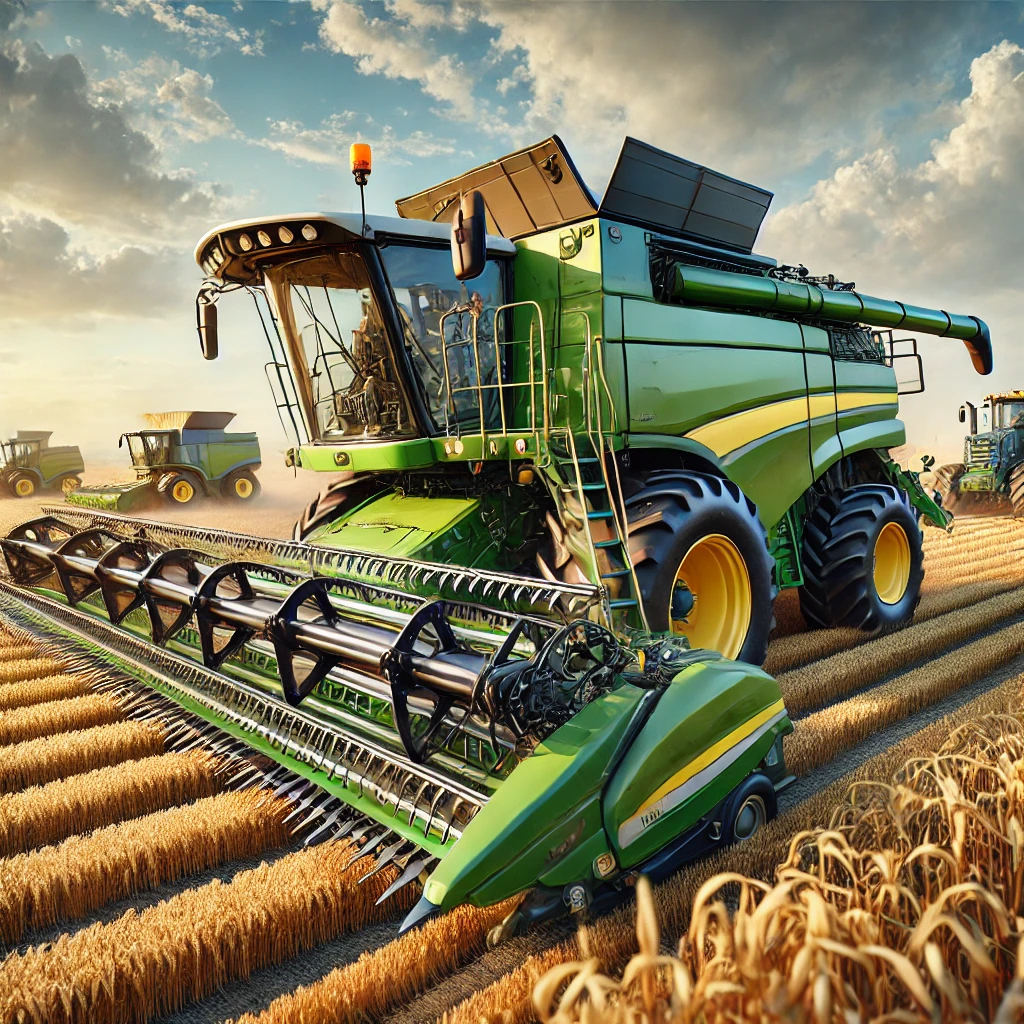Intercropping with multi-row planters is revolutionizing the way farmers approach crop cultivation, offering a sustainable and efficient method to boost farm productivity. This article delves into the intricacies of intercropping, the advantages of using multi-row planters, and how these innovations are transforming modern agriculture.
Understanding Intercropping
Intercropping is an agricultural practice that involves growing two or more crops in proximity. This method leverages the complementary characteristics of different plants to enhance overall yield, improve soil health, and reduce pest and disease incidence. By diversifying the crop ecosystem, farmers can create a more resilient and productive farming system.
Types of Intercropping
There are several types of intercropping, each with its unique benefits and applications:
- Mixed Intercropping: This involves growing two or more crops together without any distinct row arrangement. It is often used in traditional farming systems.
- Row Intercropping: Crops are grown in separate rows, allowing for easier management and harvesting. This method is particularly suitable for mechanized farming.
- Strip Intercropping: Different crops are grown in alternating strips, which can help in managing pests and diseases more effectively.
- Relay Intercropping: A second crop is planted after the first crop has reached a certain stage of growth, optimizing the use of available resources.
Benefits of Intercropping
Intercropping offers numerous advantages, including:
- Increased Yield: By optimizing the use of available resources such as sunlight, water, and nutrients, intercropping can lead to higher overall productivity.
- Improved Soil Health: Different crops have varying nutrient requirements and root structures, which can enhance soil fertility and structure.
- Pest and Disease Management: The diversity of crops can disrupt the life cycles of pests and diseases, reducing their impact on the farm.
- Risk Diversification: Growing multiple crops can mitigate the risk of total crop failure due to adverse weather conditions or market fluctuations.
The Role of Multi-Row Planters in Intercropping
Multi-row planters are specialized agricultural machines designed to plant multiple rows of crops simultaneously. These machines have become indispensable in modern intercropping systems, offering precision, efficiency, and flexibility.
Features of Multi-Row Planters
Modern multi-row planters come equipped with a range of features that make them ideal for intercropping:
- Adjustable Row Spacing: The ability to adjust row spacing allows farmers to customize planting patterns to suit different intercropping arrangements.
- Seed Metering Systems: Advanced seed metering systems ensure accurate seed placement and uniform plant spacing, which is crucial for optimizing crop growth.
- GPS and Precision Farming Technology: Integration with GPS and precision farming technology enables precise control over planting operations, reducing waste and improving efficiency.
- Versatility: Multi-row planters can be adapted to plant a wide variety of crops, making them suitable for diverse intercropping systems.
Advantages of Using Multi-Row Planters
The use of multi-row planters in intercropping offers several significant benefits:
- Time and Labor Savings: By planting multiple rows simultaneously, multi-row planters significantly reduce the time and labor required for planting operations.
- Enhanced Precision: The precision offered by modern planters ensures optimal seed placement, leading to better crop establishment and growth.
- Cost Efficiency: Efficient use of seeds and resources translates to cost savings for farmers, making intercropping more economically viable.
- Scalability: Multi-row planters enable farmers to scale up their intercropping operations, making it feasible for larger farms to adopt this sustainable practice.
Case Studies and Real-World Applications
Several case studies highlight the successful implementation of intercropping with multi-row planters:
Case Study 1: Maize and Legume Intercropping in Africa
In various African countries, farmers have adopted intercropping systems involving maize and legumes such as beans or cowpeas. Multi-row planters have facilitated the precise planting of these crops, leading to improved yields and soil health. The legumes fix nitrogen in the soil, benefiting the maize crop and reducing the need for synthetic fertilizers.
Case Study 2: Vegetable Intercropping in Europe
European farmers have successfully used multi-row planters for intercropping vegetables such as carrots and onions. The adjustable row spacing and precision planting capabilities of these machines have enabled efficient use of land and resources, resulting in higher productivity and profitability.
Challenges and Future Prospects
While intercropping with multi-row planters offers numerous benefits, there are also challenges to consider:
Technical Challenges
Implementing intercropping systems with multi-row planters requires careful planning and management. Farmers need to consider factors such as crop compatibility, planting schedules, and resource allocation. Additionally, the initial investment in multi-row planters and associated technology can be substantial.
Research and Development
Ongoing research and development are crucial to further optimize intercropping systems and multi-row planter technology. Innovations in seed metering, precision farming, and automation will continue to enhance the efficiency and effectiveness of these systems.
Policy and Support
Government policies and support programs can play a vital role in promoting the adoption of intercropping and multi-row planters. Subsidies, training programs, and access to financing can help farmers overcome barriers and transition to more sustainable farming practices.
Conclusion
Intercropping with multi-row planters represents a promising approach to sustainable agriculture, offering numerous benefits in terms of productivity, soil health, and resource efficiency. By leveraging the complementary characteristics of different crops and the precision of modern planting technology, farmers can create resilient and productive farming systems. As research and development continue to advance, and with the support of favorable policies, the adoption of intercropping with multi-row planters is set to grow, contributing to a more sustainable and food-secure future.
